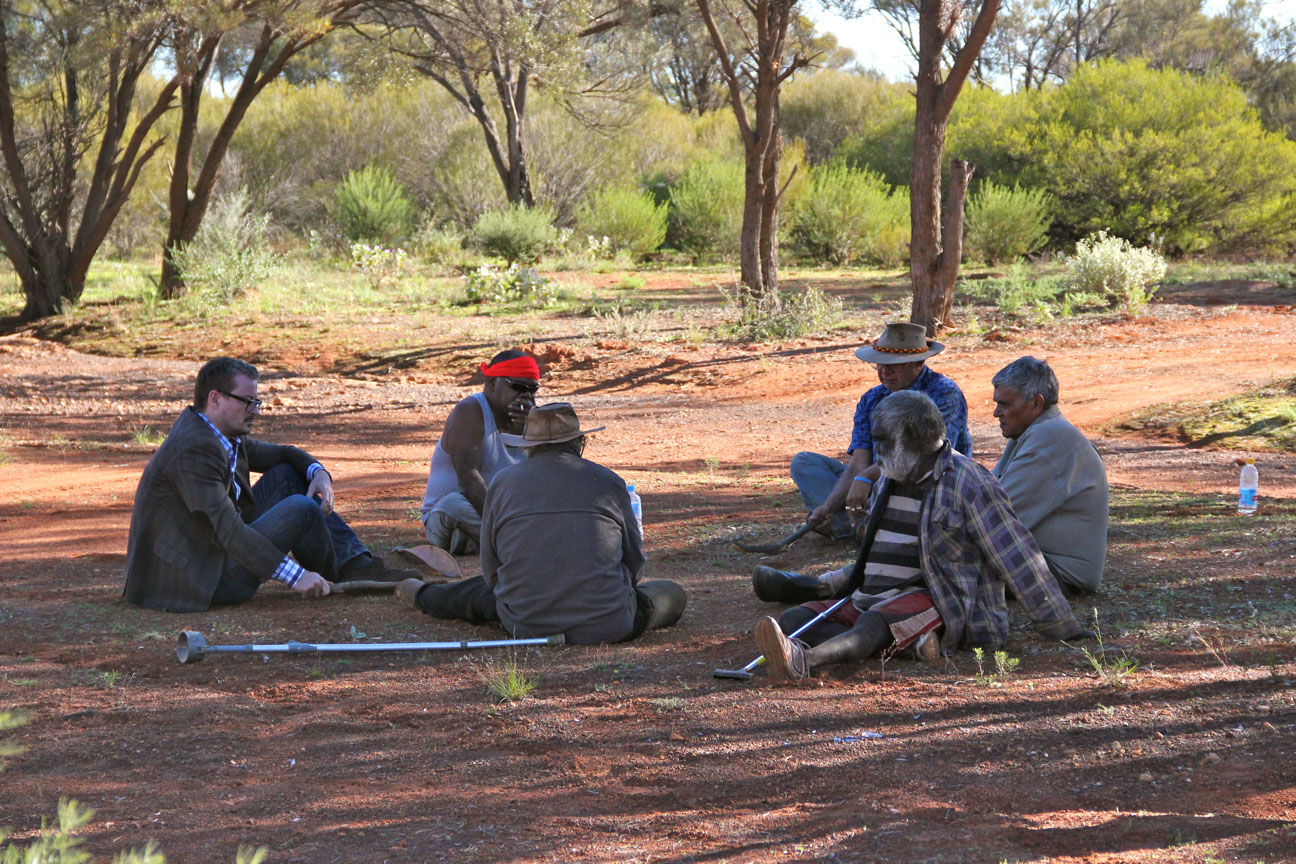Media release
From:
Population genomics: Human genomes across diverse populations inform migration out of Africa (N&V) *IMAGES & VIDEO*
High-quality genomes of individuals from more than 280 diverse populations around the world are reported in three papers published this week in Nature. The studies describe genetic diversity from typically understudied regions and together provide new insight into the migration of modern humans out of Africa.
The timing and route of human population expansion from our evolutionary birthplace in Africa to Europe, Asia and Oceania is hotly debated. Some models suggest that all present-day non-Africans can trace their ancestry back to a single population while others suggest that migration out of Africa took place in distinct waves at different times.
David Reich and colleagues report genome sequences of 300 people from 142 different populations usually under-represented in large-scale studies to describe a range of human variation. They find that the population that gave rise to all present-day humans began to diverge at least 200,000 years ago, and since then the accumulation of genetic mutations has accelerated by about 5% in non-Africans. The authors suggest a possible explanation for this could be that the time between generations decreased in non-Africans after separation, thereby increasing the rate of change in genetic material.
Eske Willerslev and colleagues sequenced the genomes of 83 Aboriginal Australians from across the Australian mainland and 25 individuals from the highlands of Papua New Guinea. The data, which represent the first comprehensive population-level whole-genome study of human genetic diversity in Australia, suggests that the ancestors of Aboriginal Australians and Papua New Guineans diverged from Eurasian populations between 51,000 and 72,000 years ago and reveals traces of genetic material from ancient humans such as Denisovans and an unknown hominin group.
Luca Pagani, Mait Metspalu and colleagues added 379 new genomes from 125 populations focused on European populations to an existing dataset and find that at least 2% of the genome of modern Papuans reflects ancestry from a distinct population that diverged from Africans earlier than Eurasians. This finding provides evidence for an early, distinct wave of human expansion out of Africa, approximately 120,000 years ago, that led to the peopling of Papua New Guinea.
“The high-resolution portrait of human genetic diversity afforded by these studies allows new inferences to be made about our migration out of Africa,” write Serena Tucci and Joshua Akey in an accompanying News & Views article. “Although these studies fill in some missing pieces in the puzzle of human history, many fascinating questions remain…to fully retrace the steps taken by our ancestors as they explored and colonized the world.”
Expert Reaction
These comments have been collated by the Science Media Centre to provide a variety of expert perspectives on this issue. Feel free to use these quotes in your stories. Views expressed are the personal opinions of the experts named. They do not represent the views of the SMC or any other organisation unless specifically stated.
Professor Alan Cooper is the Director at the Australian Centre for Ancient DNA at the University of Adelaide
While definitely important in terms of genomic data, there are some strange inconsistencies. For example, they state there is a genetic mixing at 44kyr with Denisovans, yet they also say there is a single invasion of Australia - which archaeology and genetics suggests occurred at 50 Kyr. How is that possible? There is no evidence of Denisovans in Australia....
The Denisovans and Neanderthal dates look contradictory. They are meant to be 11% divergent, yet they suggest they are 44kyr and 58-60 Kyr respectively. That also doesn't make sense.
Associate Professor Darren Curnoe is a specialist in human evolution from the School of Biological, Earth & Environmental Sciences at the University of New South Wales, Sydney.
This work represents an impressive technical feat and helps fill a major void in understanding the origins of two of the world’s great populations – Indigenous Australians and New Guineans.
The idea that modern humans left Africa in multiple waves to settle Eurasia has taken on considerable traction of late. I don’t think this study will be the final word on this issue, as recent discoveries in places like China cast a big shadow over it.
This new work broadly shows that Australia was settled only once, without clear evidence for later migrations from far off places like India. This new work might finally mark the death of this unfortunate nineteenth century idea.
Yet the work contains some real surprises which worry me a lot. The genetic clock ages they’ve put on events like the settlement of East Asia and Australia are way too young and out of sync with the evidence from archaeology and the ancient environment of our region. I guess it all comes down to the assumptions you make in your genetic clock, and these are very much up for grabs at the moment, making molecular dates like these rather prone to error.



 Australia; QLD
Australia; QLD


